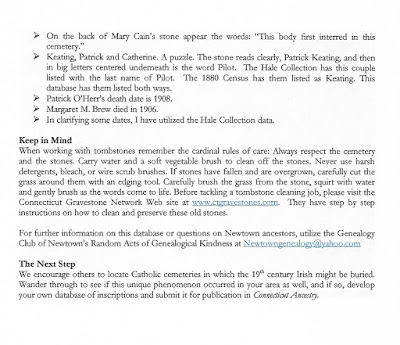During our week in the
Ithaca, New York area for my book tour, I was encouraged to continue
transcribing my great-grandmother’s handwritten history of the Jacksonville
M.E. Community Church. I was told that there are new people attending the
church and they are interested in its history.
The hamlet of
Jacksonville, New York had fallen on hard times about fifty years ago when the
Mobile gas station at the center of the hamlet leaked huge amounts of gasoline
into the groundwater destroying the town’s water supply. People left, and Mobile
was forced to buy up the properties. Many houses were torn down.
Residents saved the old
Methodist church from demolition. The building was moved in about 1897 from its
location on Route 96 to 5020 Jacksonville Road. A graduate of Cornell’s School
of Architecture recently purchased the old church building, and he plans to
renovate it for living space and community use. To see the old church and the history surrounding it
read the article here.
This is where I need help.
When transcribing my great-grandmother’s church history I realized there is twenty-seven critical years missing from that document. It ends in
1888 and picks up again in 1915. There
has to be documentation of discussions about moving the old church – a
substantial building- off the site to its present location and then building
the “new” church. So far the only information I’ve been able to find was on
FultonHistory.com. An article in the Farmer
Review December 3, 1898 tells of the dedication of the new church. In 1905
there are several articles in The Ithaca
Daily News about the congregation suing David W. Lewis of Elmira for
improper construction. The congregation won the case, and the new church was built
without incurring any debt.
The Jacksonville M.E.
Church has been and still is an important part of the hamlet. I believe the
church’s history, transcribed and indexed, will also be important as the community is
revitalized.
If any readers have
information or know of anyone who had ancestors who attended this church and
might have diaries, journals, or newspaper clippings, please let me know. I have more people and organizations to
contact, but so far the history of Jacksonville, New York seems to be mostly
non-existent.






